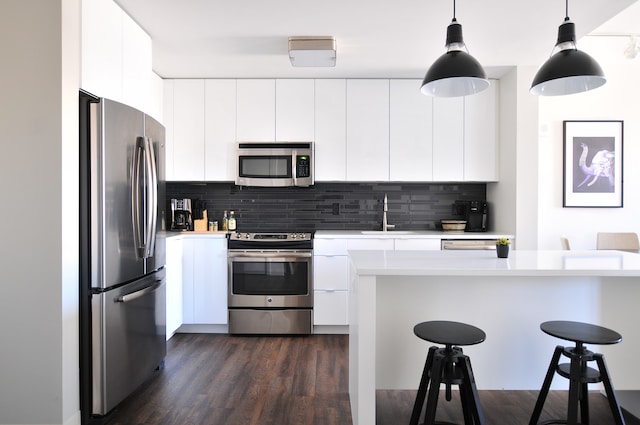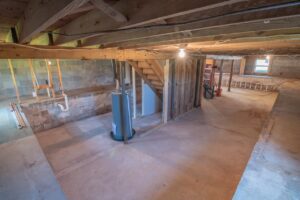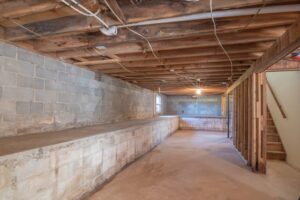
- by Emilio Hines
In comparison to traditional homes, underground homes have become increasingly popular due to their energy efficiency and unique design. In addition, they offer protection from extreme weather conditions and can be built in remote locations. However, one of the main challenges in underground homes is maintaining proper ventilation and air quality. According to Bau.de, underground homes are typically sealed structures that rely on mechanical ventilation systems for fresh air exchange. In this article, we will discuss the importance of ventilation and air quality in underground homes and methods for ensuring a breathable environment.
Understanding the Ventilation Challenge
Ventilation in underground spaces poses a distinct challenge. Unlike traditional homes with ample windows for natural airflow, underground spaces lack direct access to fresh outdoor air. Proper ventilation becomes imperative to mitigate issues such as stale air, high humidity, and potential health concerns.
The Importance of Air Quality
In addition to proper ventilation, maintaining good air quality is crucial for a healthy and comfortable living environment. Poor air quality can result in respiratory problems, allergies, and other health hazards. In underground homes, where natural airflow is limited, it becomes even more critical to monitor and control air quality. Most of the pollutants in indoor air come from everyday activities such as cooking, cleaning, and using household products. Proper ventilation and air filtration systems can help remove these pollutants and ensure a safe and breathable environment.
Methods for Ensuring a Breathable Environment
The key to ensuring a breathable environment in underground homes is the implementation of an efficient and reliable ventilation system. This can be achieved through various methods, including:
- Mechanical Ventilation Systems: As mentioned earlier, underground homes heavily rely on mechanical ventilation systems for fresh air exchange. These systems use fans and ducts to circulate air and can be controlled to maintain specific levels of airflow.
- Air Purification Systems: Installing air purification systems can also improve the overall air quality in underground homes. These systems use filters to remove pollutants and contaminants from the air, ensuring a healthier living environment.
- Natural Ventilation Techniques: While limited, natural ventilation techniques can still be utilized in underground homes. This includes installing windows or vents near the top of the structure to allow for natural airflow.
- Regular Maintenance: Proper maintenance of ventilation systems and air purification systems is crucial in ensuring their effectiveness. This includes changing filters regularly and keeping the system clean to prevent any blockages or malfunctions.
In Conclusion
 Living in an underground home need not compromise on air quality or comfort. By prioritizing proper ventilation, maintaining ideal humidity levels, and embracing innovative solutions, residents can enjoy a breathable and inviting living space. So, whether it’s harnessing mechanical systems, integrating natural light, or embracing sustainability, ensuring a well-ventilated underground home is the key to creating a healthy and comfortable subterranean sanctuary.
Living in an underground home need not compromise on air quality or comfort. By prioritizing proper ventilation, maintaining ideal humidity levels, and embracing innovative solutions, residents can enjoy a breathable and inviting living space. So, whether it’s harnessing mechanical systems, integrating natural light, or embracing sustainability, ensuring a well-ventilated underground home is the key to creating a healthy and comfortable subterranean sanctuary.

